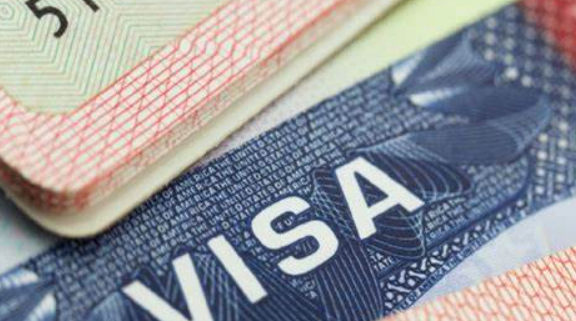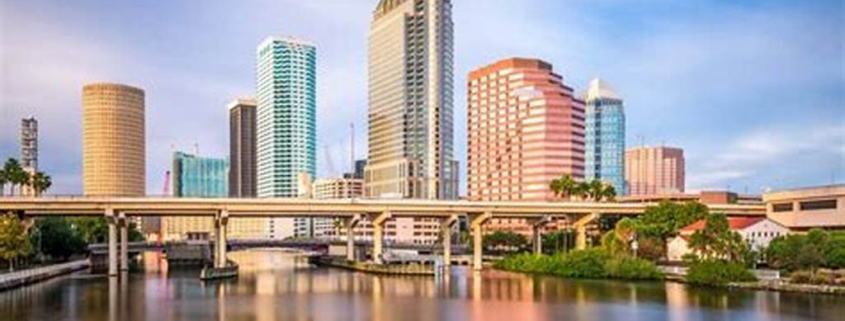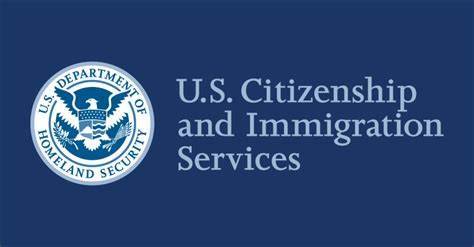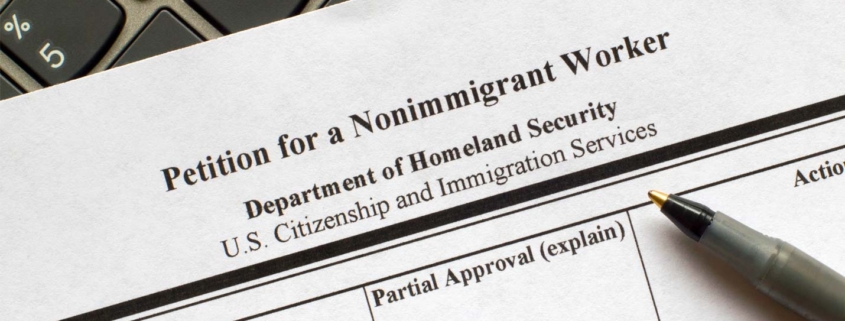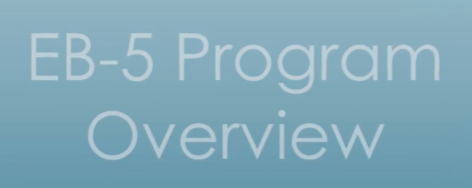USCIS Reaches H-2B Cap for Second Half of FY 2024 and Announces Filing Dates for the Second Half of FY 2024 Supplemental Visas
USCIS has received enough petitions to meet the congressionally mandated H-2B cap for the second half of FY 2024. March 7, 2024, was the final receipt date for new cap-subject H-2B worker petitions requesting an employment start date on or after April 1, 2024, and before Oct. 1, 2024. We will reject new cap-subject H-2B petitions received after March 7, 2024, that request an employment start date on or after April 1, 2024, and before Oct. 1, 2024.
We continue to accept H-2B petitions that are exempt from the congressionally mandated cap. This includes petitions for:
- Current H-2B workers in the United States who wish to extend their stay and, if applicable, change the terms of their employment or change their employers;
- Fish roe processors, fish roe technicians and/or supervisors of fish roe processing; and
- Workers performing labor or services in the Commonwealth of the Northern Mariana Islands and/or Guam (until Dec. 31, 2029).
Filing Dates for Second Half of FY 2024 Supplemental Visas
The Department of Homeland Security (DHS) and the Department of Labor (DOL) jointly published a temporary final rule on Nov. 17, 2023, increasing the numerical limit (or cap) on H-2B nonimmigrant visas by up to 64,716 additional visas for all of FY 2024. These supplemental visas are available only to U.S. businesses that are suffering irreparable harm or will suffer impending irreparable harm without the ability to employ all the H-2B workers requested in their petition, as attested by the employer on the DOL Form ETA 9142-B-CAA-8 (PDF). These supplemental H-2B visas are for U.S. employers seeking to petition for additional workers at certain periods of the fiscal year.
Below are the filing start dates for each of the remaining supplemental visa allocations under the temporary final rule:
- For employers seeking workers who are nationals of El Salvador, Guatemala, Honduras, Haiti, Colombia, Ecuador, and Costa Rica, regardless of whether such nationals are returning workers: USCIS will begin accepting petitions for employers requesting an employment start date from April 1, 2024, to Sept. 30, 2024, on March 22, 2024. USCIS began accepting petitions from employers with employment start dates from Oct. 1, 2023, to March 31, 2024, in November 2023. A cap count for this country-specific allocation is available on the Temporary Increase in H-2B Nonimmigrant Visas for FY 2024 page.
- For employers seeking returning workers for the early second half of FY 2024 (April 1 to May 14):Â USCIS will begin accepting petitions for the additional 19,000 visas made available to returning workers regardless of country of nationality on March 22, 2024.
- For employers seeking returning workers for the late second half of FY 2024 (May 15 to Sept. 30):Â USCIS will begin accepting petitions for the additional 5,000 visas made available to returning workers regardless of country of nationality on April 22, 2024.
USCIS will stop accepting petitions under this temporary final rule received after Sept. 16, 2024, or after the applicable cap has been reached, whichever occurs first.
USCIS has already announced that we have received enough petitions to reach the cap for the additional 20,716 H-2B visas made available for returning workers for the first half of FY 2024 with employment start dates on or before March 31, 2024.
Additional information on the FY 2024 supplemental visas is available on the Temporary Increase in H-2B Nonimmigrant Visas for FY 2024 page.

